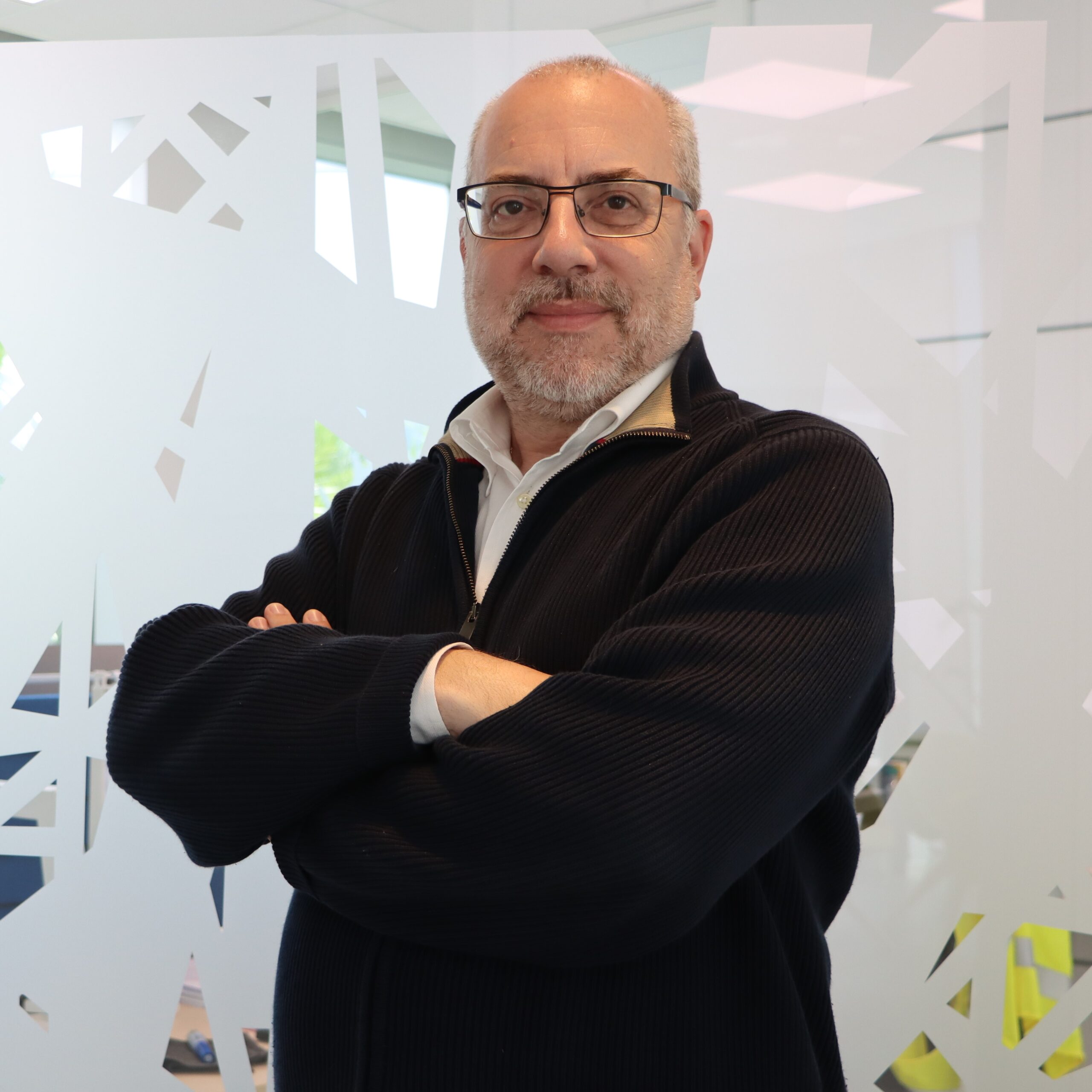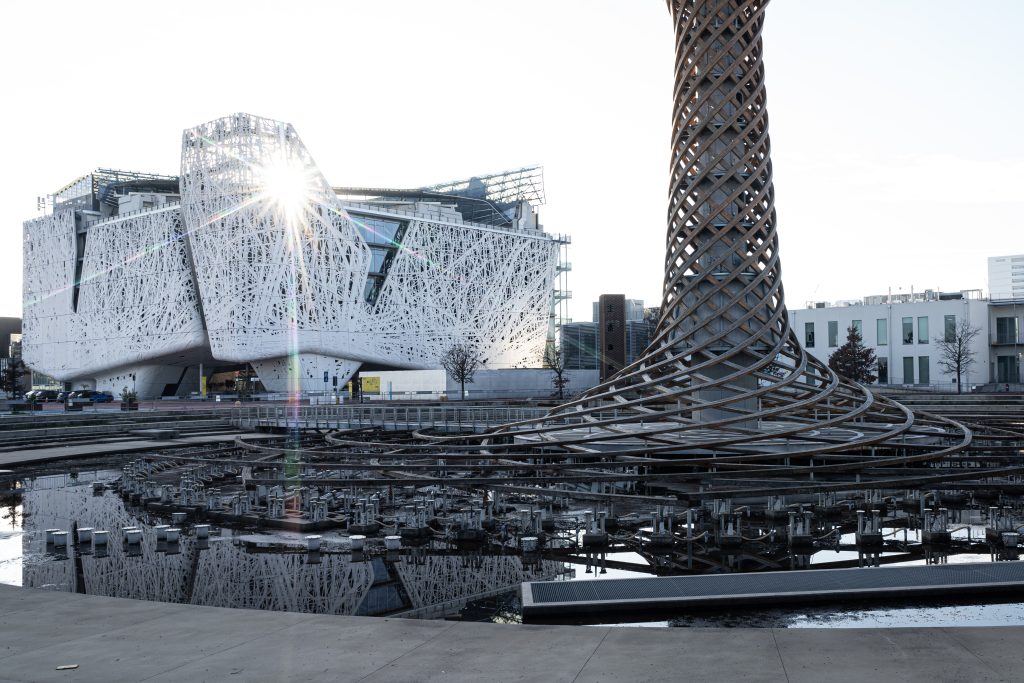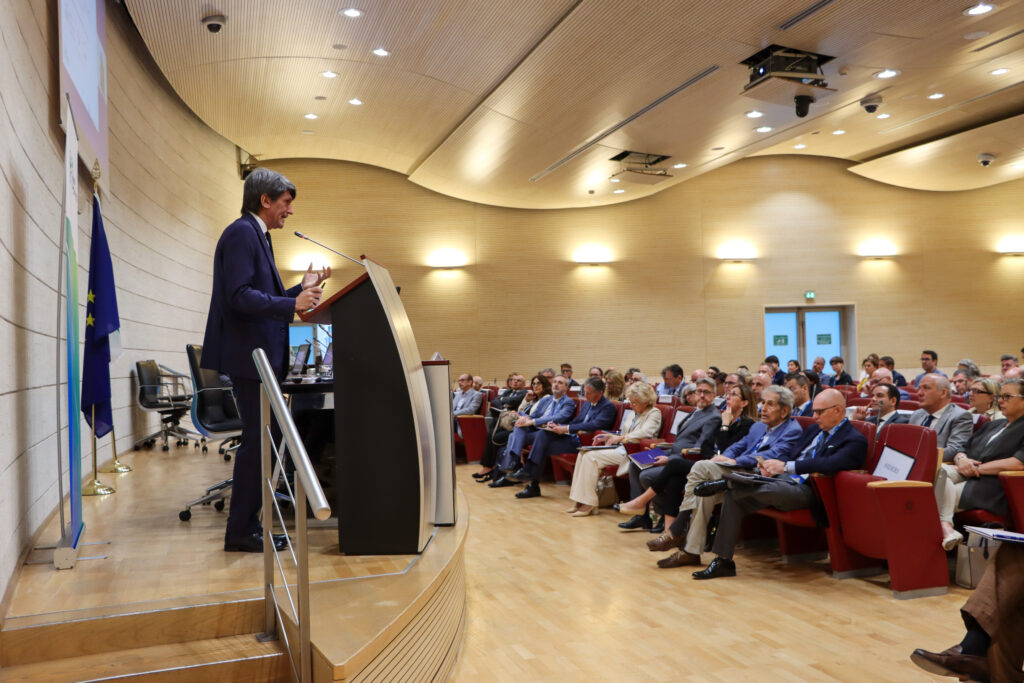The National Facility for Data Handling and Analysis with Alberto Riva

Meet Alberto Riva, Head of the National Facility for Data Handling and Analysis. The mission of the NF for Data Handling and Analysis is to support national research by providing advanced analysis of biological datasets from high-throughput genomic and imaging technologies. It aims to offer bioinformatics and bioimage analysis expertise for complex biomedical datasets and provide training through workshops and courses, enhancing national awareness of its services.
Alberto, tell us about your background: what inspired you to pursue a career in life sciences research?
I took a roundabout route to get to my current role. I was exposed to science from a very early age (my father was a molecular biologist, my mother was a science translator) but growing up I fell in love with computer programming, so I studied electrical engineering and computer science. My interest in AI brought me to a PhD in medical informatics and then to a position at Children’s Hospital in Boston. While there I switched to bioinformatics, and I haven’t looked back! I think this is the perfect discipline for me, because it allows me to apply my engineering and computer science background to one of the most exciting, fast-moving, and impactful fields in scientific research.
Can you share a memorable or influential experience from your career that has had a lasting impact on your professional development? Are there any specific sources of inspiration or role models that have influenced your journey?
I can’t cite a specific experience, but I still remember the mixture of awe and excitement I felt when I joined the Medical Informatics lab at the University of Pavia. Even though I was still an undergraduate, my professor made me immediately feel part of the team, giving me free use of computers that I could only dream of until the day before. I felt like I had jumped to the other side of the mirror, and I was suddenly living in a whole new world. He taught me how to write papers, he gave me the opportunity to attend international scientific conferences, and he introduced me to the leaders in our field – that jumpstarted my career, leading to where I am now. I hope I’ll be able to transmit the same excitement and enthusiasm to the young members of my team.
Can you describe a time when you faced a significant challenge or setback in your career, and how you overcame it? What did you learn from that experience?
A bit over ten years ago, I found myself at what seemed to be a dead-end in my career. That predicament gave me the opportunity to switch to the “service” side of scientific research, and it turned out to be the best decision I ever made: I immediately knew I had found my true calling, and that’s what ultimately led to my position at HT. What I learned from that experience is that sometimes choosing a different and unknown path, although it may be scary, may lead you to a much better destination!
What does the National Facility for Data Handling & Analysis do in HT? Could you briefly explain the objectives and goals of your work?
The mission of the NF is to analyze the data produced by the other NFs, turning them into interpretable information. To do that, we combine advanced computational tools, running on HT’s high-performance cluster computer, with methodologies from statistics, machine learning, and image analysis. We also help researchers manage large datasets, develop and disseminate scientific software, and share the results of their research with the scientific community.
How does your research contribute to advancements for human life and technology?
Our work helps “adding value” to the data produced by the other NFs, complementing and extending their services. Therefore, we see our work as a link in the process that goes from raw data to advances in scientific knowledge. We also place a strong emphasis on training our users, with the goal of making them become independent for future projects. Every project we undertake is an opportunity for knowledge and technology transfer, which ultimately impacts the whole scientific community.
How do you foster collaboration and encourage interdisciplinary research within the NF and with Groups?
Our work is inherently multidisciplinary, so in the NF collaboration is not optional, it’s part of our DNA. This is reflected in the composition of our team: my vision is to bring together young researchers with different backgrounds and create an environment in which collaboration happens organically, in response to the needs of the projects we are working on.
How do you maintain a work-life balance while leading a NF? Are there any strategies you find helpful in managing your time effectively?
So far, this has not been a problem: the amount of flexibility offered by HT allows me to organize my work and my schedule in the most efficient way. My approach in balancing life and work is based on the understanding that, although I greatly enjoy what I do, work is only a part of my life. I have a family, I have hobbies and other things I like to do, and in the end I believe that taking some time to free your mind from work makes you more productive overall, rather than the opposite.
How did you first hear about Human Technopole? What attracted you to apply here?
I don’t really remember when I first heard about HT… I started hearing about it, and the more I read, the more I had the feeling that it could be a good place for me. Among other things, I was struck by its aspiration to become a world-class research centre, able to compete at the international level. That’s also the answer to the second part of your question!
What do you think is the biggest contribution you can bring in shaping HT’s working culture?
Given the extensive amount of time I spent in the USA, I think I can contribute to making HT an even more international workplace, bringing back some of the “good habits” I learned over there. There’s a certain attitude that is common in the American scientific world, a mixture of engagement, optimism, and openness, that in my opinion helps create a work environment where everyone, starting from the younger group members, feel excited and motivated to contribute. I’m especially interested in making sure that our facility’s work is up to international standards, and that the people in my team are comfortable interacting with their peers abroad.
What are some emerging trends or technologies in your research field that you find particularly exciting or promising for future research?
The main challenge in our field, these days, is the adoption and incorporation of AI methods in our work. It is a challenge because these new technologies, despite being absolutely amazing, were developed for applications that are very different from the typical scenarios we encounter in our work. So the problem to solve is not so much developing the methods, but figuring out what is the best way to apply them to our data in a way that leads to useful results.
What advice would you give to young researchers who aspire to become leaders in the field of life sciences?
As someone who does not come from a life sciences background, my advice is: learn how to speak different scientific languages. We cannot expect biologists to become software scientists or statisticians and vice versa, especially in today’s hyper-specialized world, but being able to communicate with collaborators with different backgrounds is essential: it’ll help you understand how methodologies from different fields can support each other, what questions can be asked, and what types of results can be expected.
What do you think you would be if you were not a scientist?
I’ve always said that my plan B was to become a gelataio!



